During his reign, the much loved King Bhumibol Aduladej initiated many Royal Projects around the country with an aim to look after Thailand’s poorest people, share the country’s wealth, and look after Thailand’s natural resources.
You don’t have to be very long in Thailand to discover the huge reverence in which His Majesty King Bhumibol Adulyadej is held by the Thai people, and how deeply his loss is now felt.
The King dedicated his life to improving the lot of his subjects, to fighting poverty and to helping preserve the kingdom’s national resources for future generations. Nowhere is his dedication to his country and his people more evident than in the various Royal Projects, which His Majesty initiated in rural areas all over the country.
King Bhumibol travelled throughout Thailand more than any other Thai monarch, and was acutely aware of the problems that rural people face when working the land to provide for their communities. So he initiated the Royal Projects back in 1969 as a way of seeking solutions to problems; such as, poverty and opium production in the Golden Triangle region of the North. By promoting alternative crops and encouraging reforestation, he was able to give farmers a new source of income and a sense of pride in their products and community.
All of the Royal Projects are started only after close cooperation with the local people and experts to ensure the very best results. There are also six Royal Development Study Centres around the country where research takes place and regional strategies are developed. Farmers can visit these centres to improve their knowledge and learn about environmental conservation.
Royal Projects have now been initiated all over the kingdom and as well as boosting local economies, they help with practical concerns such as water conservation, swamp drainage, self-sufficiency and the preservation of Thailand’s forests. The Projects are not just aimed at helping people with their immediate needs, but also to help future generations enjoy the nation’s rich natural heritage.
These Royal Projects also offer tourists a new way of experiencing Thailand and of making a real grassroots connection with the kingdom’s diverse people.
All the Royal Projects welcome visitors, be it for a few hours or several days, and there is a diverse range of things to do. You could find yourself learning how to make a unique local dish, releasing fish into the Thai seas, feeding cattle or teaching the village children before spending a night under the roof of a local family.
Already the Royal Projects are offering businesses and organisations new ways to offer incentives or to boost teamwork while contributing to grassroots communities. But to casual tourists, they can make a great way of making memories. Here are some of most accessible to tourists.
Royal Agricultural Station Angkhang, Chiang Mai
Angkhang is home to one of the most important Royal Projects and is a centre for research in cold climate crops thanks to an annual mean temperature of only 16.9 Celsius and fertile soils. The Project encompasses various ethnic groups who live in the surrounding villages, and visitors are welcome to explore the local culture or rent accommodation when trekking.
Keep an eye out for the local wildlife as some of the bird species here are very rare.
Royal Agricultural Station Inthanon, Chiang Mai
This is one of the oldest of the Royal Projects, founded in 1979. Here hill-tribe people grow sustainable crops with regular harvests to prevent slash and burn techniques and to ensure they never again have to rely on opium as a cash crop. Inthanon is a beautiful place to visit, as it is a research centre for flowers, ferns and decorative plants as well as vegetables and fruits. Being in the mountains and only a few kilometres from Thailand’s highest peak of Doi Inthanon, the cool climate makes it the perfect place to go hiking.
Don’t miss the chance to visit the Siribhume Waterfall or walk among the orchards and vegetable gardens, see the rose gardens and take cultural tours around the Mong Khun Klang village.
Nong Hoi Royal Project Development Center, Chiang Mai
Another northern Royal Project, Nong Hoi, was set up in 1974 with the aim of helping Hmong hill-tribe people diversify their crops. Now it is a popular venue for eco and agro tourism. So if you’re interested in learning about different types of agriculture and farming, or want to visit farms and see how the local people work, this is a great place to come. It is also home to Yao, Lisu, and Haw (Chinese) hill-tribes. So you can see some unique handicrafts being made and some traditional ceremonies if you’re lucky.
Don’t miss the chance to explore the local nature trails or head up the Doi Mon Chaem path that takes you to a lookout with an amazing view.
Laem Phak Bia Environmental Research and Development Project, Phetchaburi
One of the most important Royal Projects can be found not far from Bangkok in Phetchaburi. This is the Laem Phak Bia Environmental Research and Development Project (LERD), which is aimed at improving methods of water conservation and mangrove restoration. Mangroves and wetlands are vital for Thailand’s ecology, so the work of LERD is ever more important as human activity creates more waste and waste water. You can visit this model of environmental improvement and stroll down the picturesque pathways through the mangroves. Among the twisted roots and vines you may get a glimpse of birds, mudskippers and a wide range of crabs.
At the end of the walkway is Sai Met Raek Viewpoint that offers a lovely view of the Thai Gulf.
Chang Hua Man Royal Project, Phetchaburi
This is one of the newest Royal Projects having only being initiated by His Majesty King Bhumibol Adulyadej in 2009. Situated in Phetchaburi Province, the project is aimed at showing how crops can be grown to a commercial level without the need for damaging chemical fertilisers. The Project now has a dairy farm and has become a learning centre for farmers who want to improve milk yields. Tourists can learn about the lives of Thai farmers and get the chance to plant rice in the paddies. There are regular guided tours and bicycles can be rented to tour the region and enjoy the orchards and meadows of wild flowers.


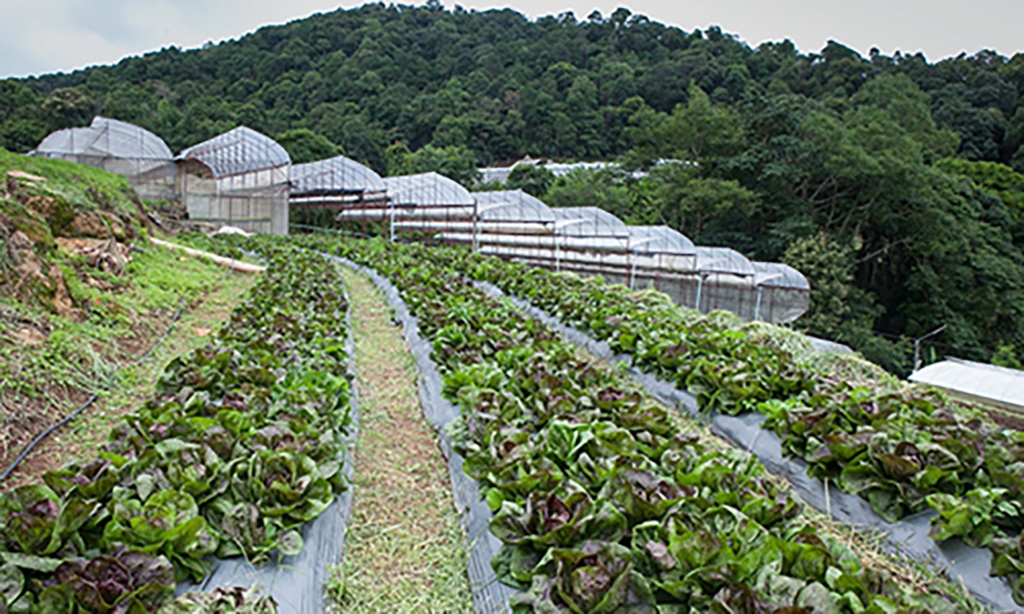
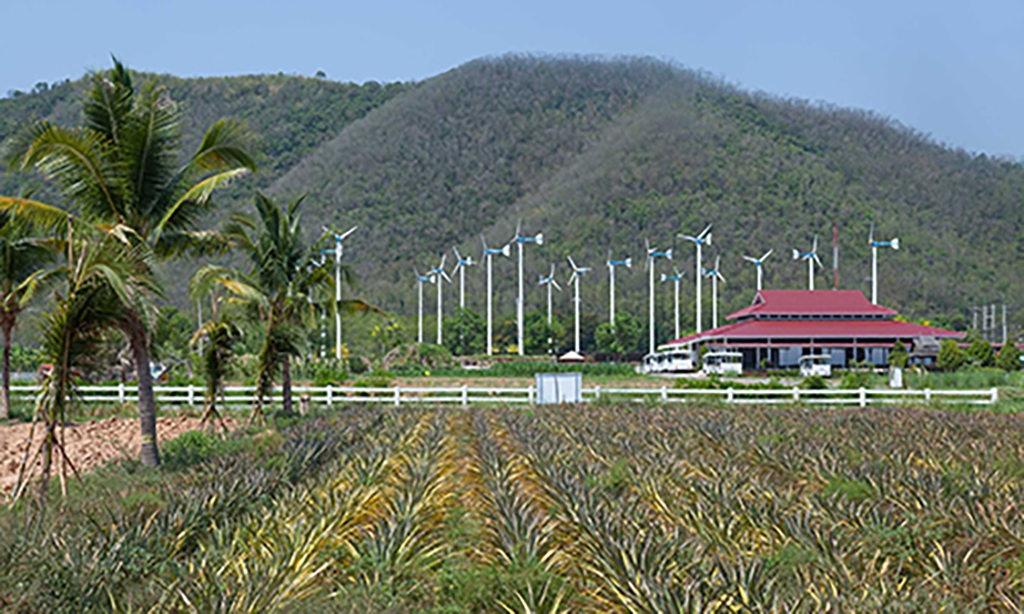
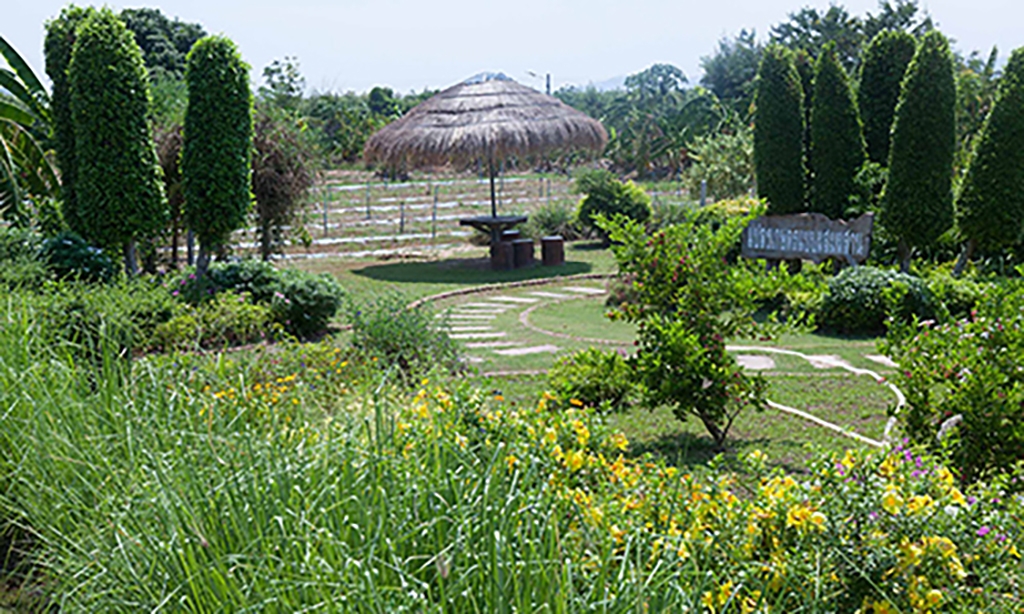

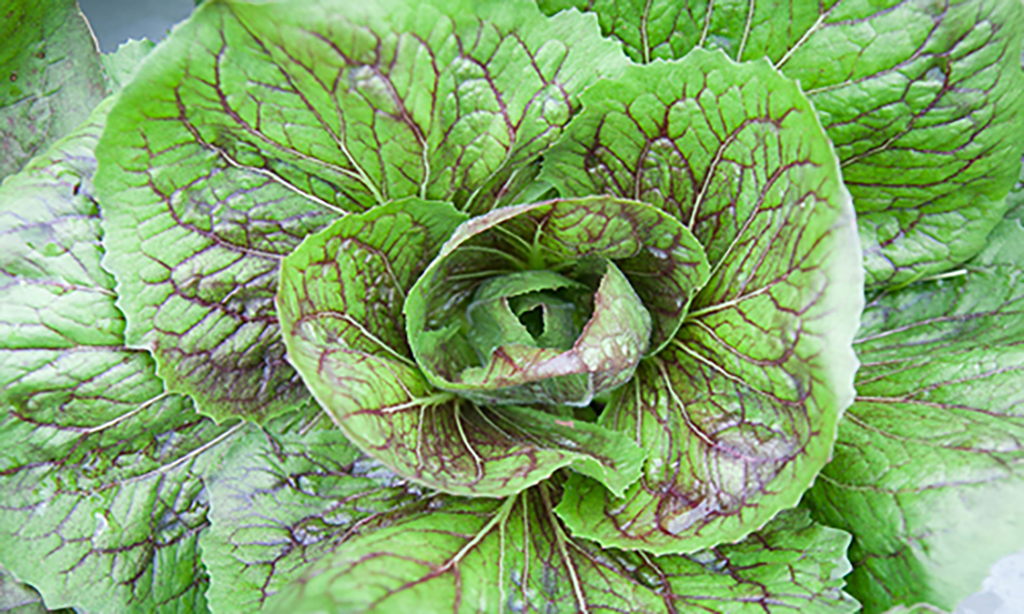
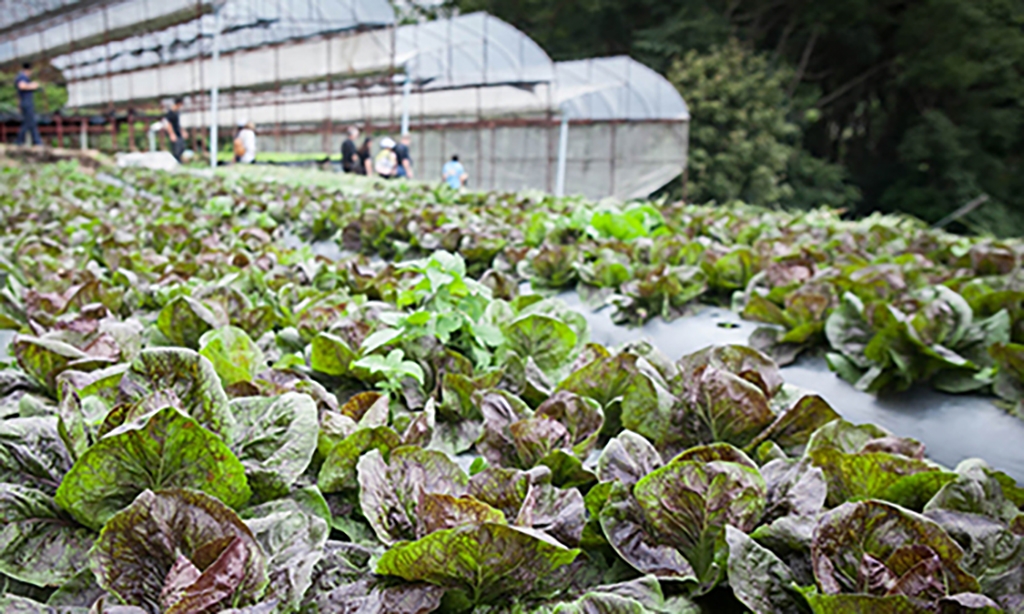
Where can I find the Khun Wang Station for watching vanille production ?
Or is vanille production somewhere else near Chiang Mai
Thanks ?
Hello Armin, there is vanilla production at the Khunwang Royal Project Development Centre near Chiang Mai. Here is a link to the Centre on Google Maps:
https://www.google.com/maps/place/Khun+Wang+Royal+Project+Development+Center/@18.625048,98.524822,15z/data=!4m5!3m4!1s0x0:0x3053256e13764ba1!8m2!3d18.6221!4d98.5217536?hl=en-US
Thanks for posting it helps me in Thailand trip keep up
Last Monday on 27th Nov 2017 i went to Expo RoyalProject near Siam Discovery/Paragon Mall in Bangkok
Im interested to see so many dried flower inside the booth. I bought a few dry flower .
Where can I find the dried flower
Or is there any suggestion where can i get the dry flower like that again
can email me
azha4464@gmail.com
Thanks